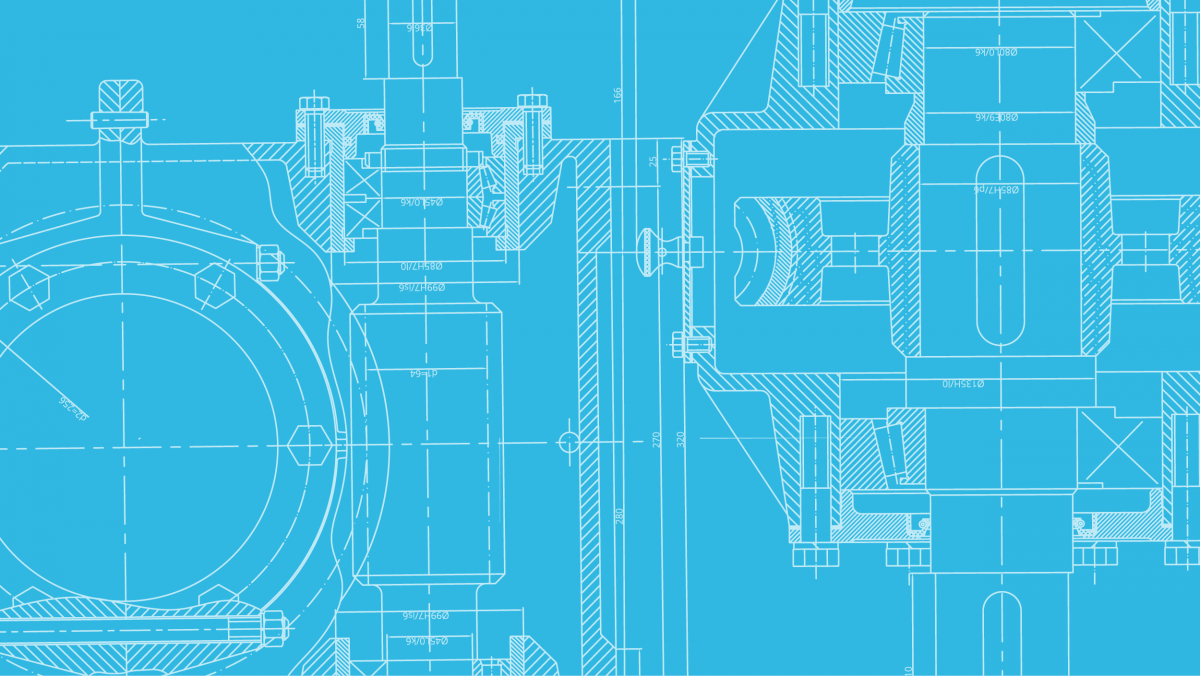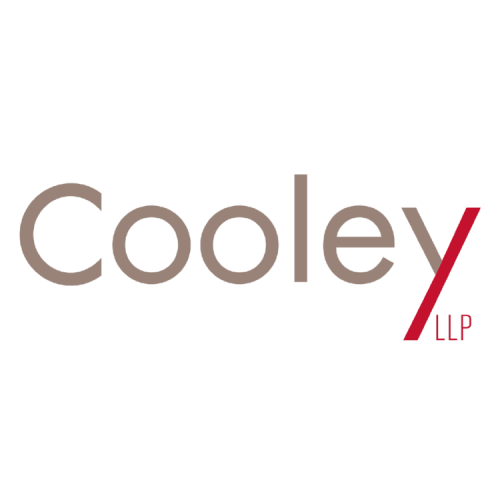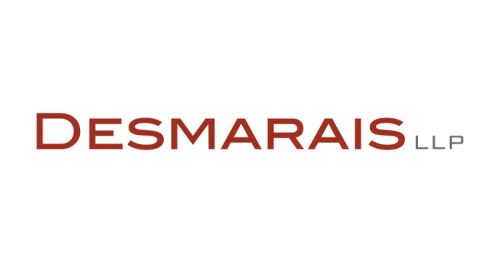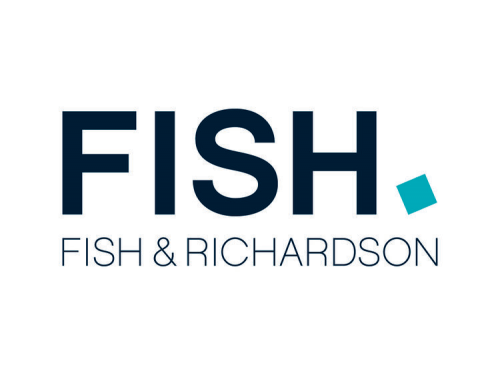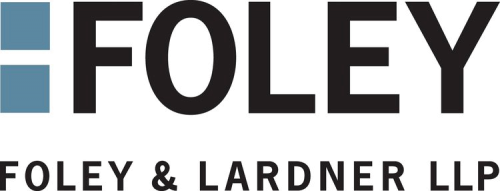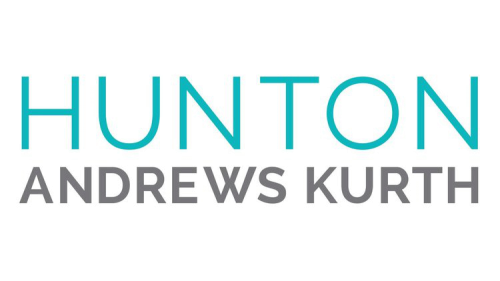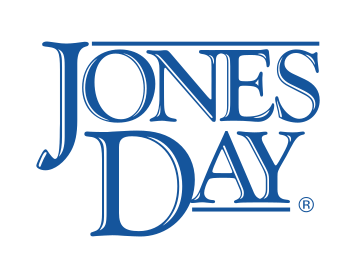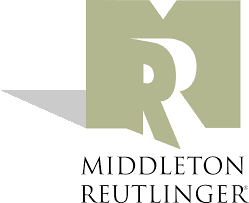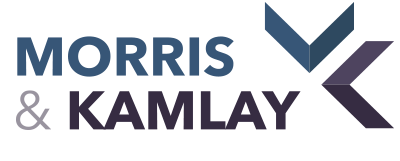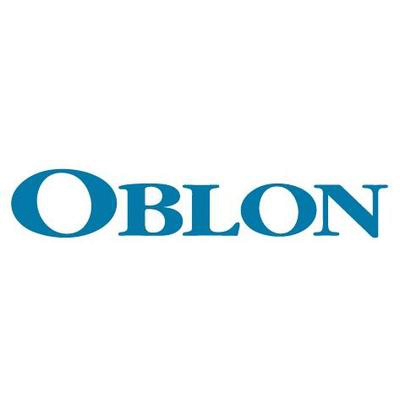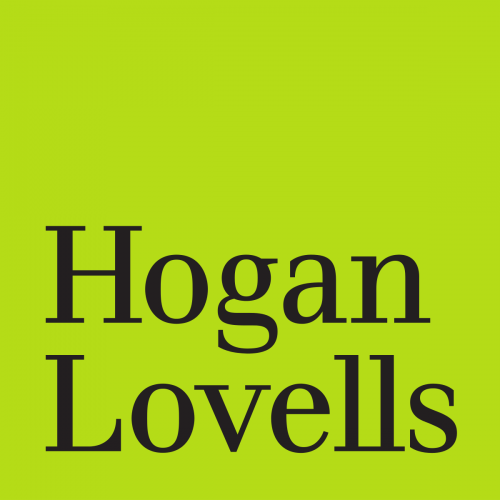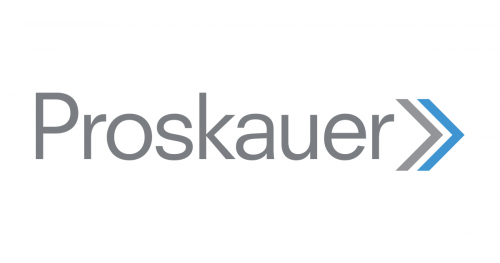The Cardozo Patent Diversity Project Clinic aims to increase the number of U.S. patents issued to women and inventors of color. Students and faculty will work with entrepreneurs to navigate through the U.S. patent system and connect qualifying inventors with pro bono service-providing attorneys. The project's director is Victor Wang.
Victor Wang, Director Cardozo Patent Diversity Project
-
email Email
Cardozo Patent Diversity Project Obtains Its First Patent on Behalf of Black Female Inventor
Cardozo’s Patent Diversity Project, led by Director Victor Wang ’15, has secured its first patent on behalf of Rose Coppee, a Black inventor, for a modular hairbrush. Through the Project, Coppee, in collaboration with Jones Day who provided pro bono services, received the expertise to bring her business dreams to reality.
Project Overview
In the U.S., less than 8% of issued patents name women as the primary inventor. This number increases – but only to 18% - for patents that name women as an inventor even though not the primary inventor. Based on the historical trends, gender parity in the patenting process will not occur until 2092. There is significantly less data available on the percentage of patents issued to minorities. Nevertheless, existing data suggest an even greater lack of parity, particularly for African Americans and Hispanics. Notably, studies show that these disparities are not fully explained by differences in STEM education; there are other factors contributing to this disparity including the lack of awareness of the patent process and the resources that are available as well as the difficulty and cost of the patent process.
The network being created by the project team will help narrow these disparities by bringing together resource-constrained innovators from these underrepresented groups with members of the legal community willing to provide pro bono legal services. In addition, the project team will create educational materials as well as programming designed to raise awareness about the existence of the patent process as well as the mechanics and substantive requirements of obtaining a patent.
Project Structure
There are four basic components to the structure of the project network:
- A group of pro bono legal service providers.
- The individuals and entrepreneurs desiring to pursue patent protection for their innovations but without the means to do so;
- The application process.
- The match of attorney with the client.
The network of pro bono legal service providers will consist of law firms, solo practitioners, and in-house counsel. To create this network, the project team is leveraging a deep bench of relationships in the legal community. The project team is also working with bar associations and other IP-centric organizations. Network participants can opt to structure their participation in any number of ways including, for instance, with a cap on the number of matters they will take on each year or with a financial cap per year.
Next, the project needs to reach prospective patentees. To do so, the project team is working with pro bono organizations, law school clinics, and community organizations that are directed to small businesses, technology start-ups, and economic development initiatives. Additionally, we expect to reach some prospective patentees through the programming that will be offered by the project team. For this component, just as with the first, the project team will work with bar associations, the USPTO, and other IP-centric organizations; these organizations not only have the ability to reach potential legal services providers, but they may attract prospective patentees looking for pro bono legal services. The project team also expects to tap into STEM programs at universities around the country and into well-known scientific organizations such as IEEE, NSPE, and ACS.
When prospective patentees come to the project, they will be screened with a written application and an interview. The screening process will be crafted to obtain the information necessary to assess whether they are suitable for the project, including, among other things, gender, ethnicity, financial resources, prior patenting activity, and preliminary information about the technology at issue. In most instances, the initial patentability assessment will not be made by the project team but rather by the pro bono provider. Also, in terms of financial resources, applicants will be income screened at 300-500% of the federal poverty guidelines; however, if there are firms willing to work with applicants above this threshold, then some such applicants might be accepted into the project.
Finally, the prospective patentee is matched with a network member. During the representation and at its conclusion, the network member will provide the project team with progress reports coincident with significant events regarding the matter, e.g., whether and what type of patent application will be filed. This will allow us to capture additional data for compilation and analysis as well as to help us refine our screening process.
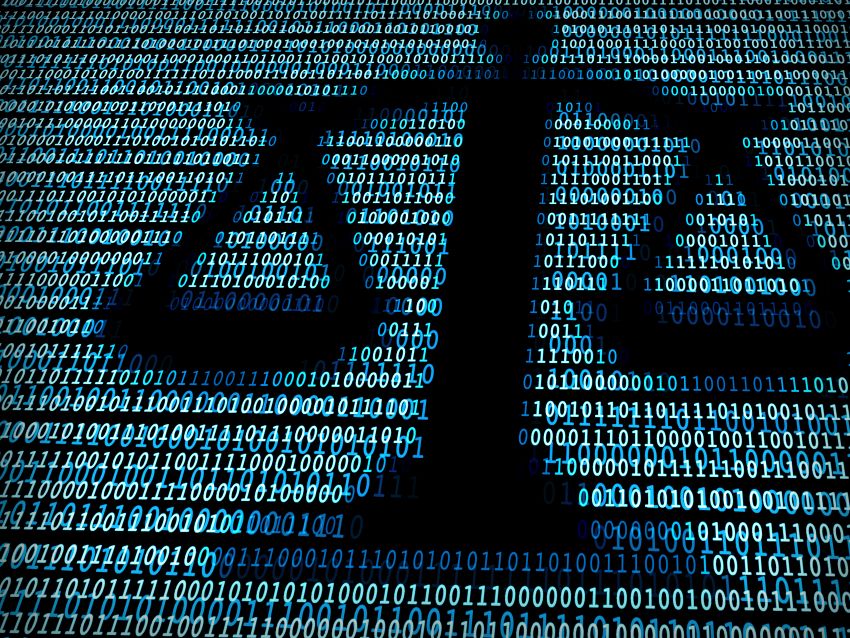
Pro Bono Attorney Form
Interested in the Cardozo Patent Diversity Project Clinic? Please email patentdiversity@yu.edu with as much of the following information as possible.
Name/Firm Name/Position/Address/Phone Number
- Is your firm or company willing to be identified as a participating pro bono provider on public versions of project-related materials?
- Limitations (if any) that you would like to place at the outset on your participation in the Project:

-
Longform Overview

